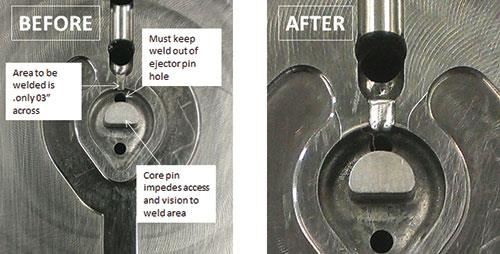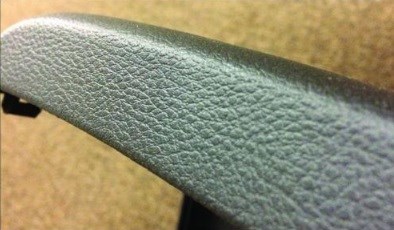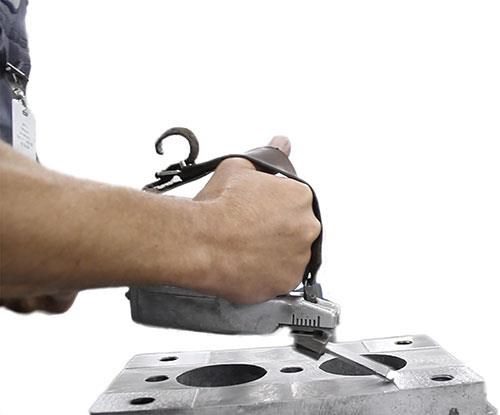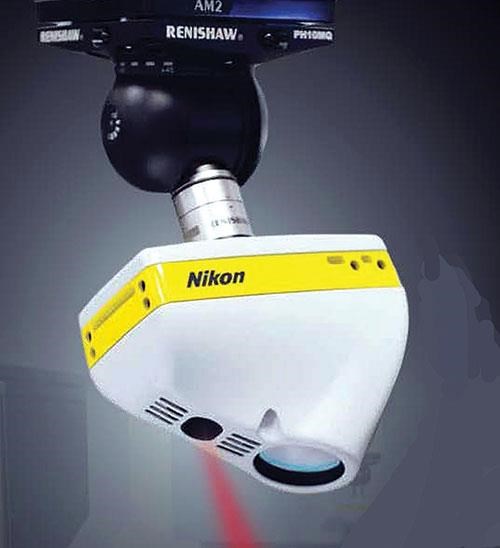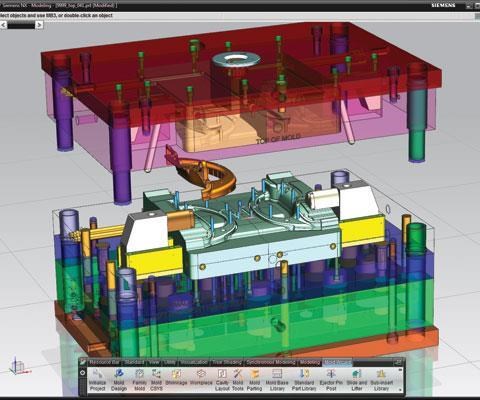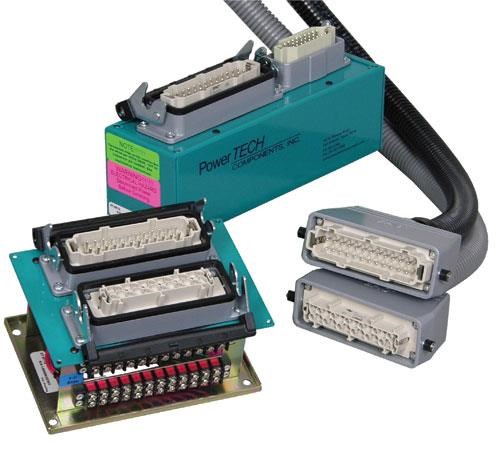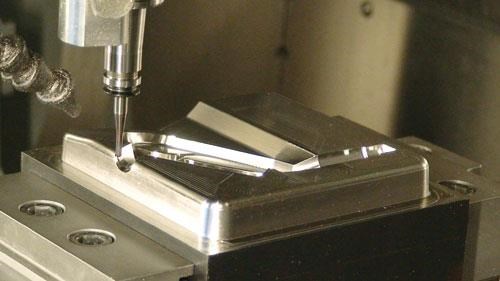SLIDESHOW: Technology Showcase, Tips
MMT has showcased a variety of technologies through our monthly Tip. This one-page department has provided a lot of straight-forward insights throughout the past 19 years.
MMT has highlighted a variety of technologies in our Tip of the Month department, which has provided some solid, straightforward insights over the past 19 years. Here are just a few.
Laser welding is used by mold shops for a variety of maintenance and repair applications. Its benefits include minimal heat-affected zone (HAZ), which keeps the base material more stable and closer to its original state; little to no weld sink; less material buildup; no hard spots; process cleanliness; the ability to weld very small, intricate pieces without workpiece damage; the ability to weld difficult-to-reach areas; and a high degree of control for pinpoint accuracy with minimal excess weld. To bring laser welding in-house, consider the following steps: http://www.moldmakingtechnology.com/articles/transition-to-in-house-welding-
The process for achieving zero parting line does not initially include the texture process. The tooling work for zero parting line is done by the texture source before the texture is applied. It requires collaboration among the toolmaker, its texturization provider and the OEM. The process should begin with a mold design review, as the design of the slide to cavity or core to cavity is critical to the success of this process. H ere are recommendations and steps for matching a slide to a cavity in such a zero-parting-line process. http://www.moldmakingtechnology.com/articles/eliminating-seams
The use of hand scraping in machine tool manufacturing to increase accuracy levels has become less widespread with advancements in process control and machine stiffness. However, the benefits of hand scraping still exist when it is carried out in a controlled manner. Learn more here. http://www.moldmakingtechnology.com/articles/the-benefits-of-hand-scraping-
Retrofitting CMMs and articulated arms with new laser scanners is an option for many manufacturers, and with the right choices in scanning and software technology, mold manufacturers can achieve several advances in their inspection and measurement processes. These advances include: http://www.moldmakingtechnology.com/articles/selection-criteria-for-laser-scanning-technology
This equipment includes the robots shops rely on to perform their programmed workload. Today’s robot technology has become increasingly effective, providing flexible solutions to increase throughput, improve process quality and reduce application cycle times. Additionally, robots contribute to employee safety when tasked with handling dangerous and highly repetitive jobs. However, when a robot is not working, it can cause a critical breakdown in workflow. Learn how to keep robots running: http://www.moldmakingtechnology.com/articles/avoid-unplanned-downtime-with-predictive-robot-data
Integrated CAD/CAM software that combines CAD, CAM, electrode design and CMM programming capabilities in one system can save you time and effort in the following five ways: http://www.moldmakingtechnology.com/articles/five-benefits-of-integrated-cadcam
When you are developing your hot runner process, don’t forget the importance of the hot runner cable. A properly designed cable will have the following features: http://www.moldmakingtechnology.com/articles/five-critical-requirements-for-hot-runner-cables
The performance of a cutting tool can be measured against either time in the cut or the quantity of parts generated. However, in a lower volume setting like moldmaking—wherein the life span of one tool can extend through several different applications or repeated applications that occur on an irregular basis—attaining an accurate assessment on tool life and performance can require a greater level of commitment and effort, or even the implementation of specific new technology—such as toolholders equipped with Radio Frequency Identification (RFID) technology to monitor a tool’s usage. http://www.moldmakingtechnology.com/articles/how-to-determine-the-real-cost-of-your-end-mill
Read Next
Reasons to Use Fiber Lasers for Mold Cleaning
Fiber lasers offer a simplicity, speed, control and portability, minimizing mold cleaning risks.
Read MoreHow to Use Continuing Education to Remain Competitive in Moldmaking
Continued training helps moldmakers make tooling decisions and properly use the latest cutting tool to efficiently machine high-quality molds.
Read MoreAre You a Moldmaker Considering 3D Printing? Consider the 3D Printing Workshop at NPE2024
Presentations will cover 3D printing for mold tooling, material innovation, product development, bridge production and full-scale, high-volume additive manufacturing.
Read More

